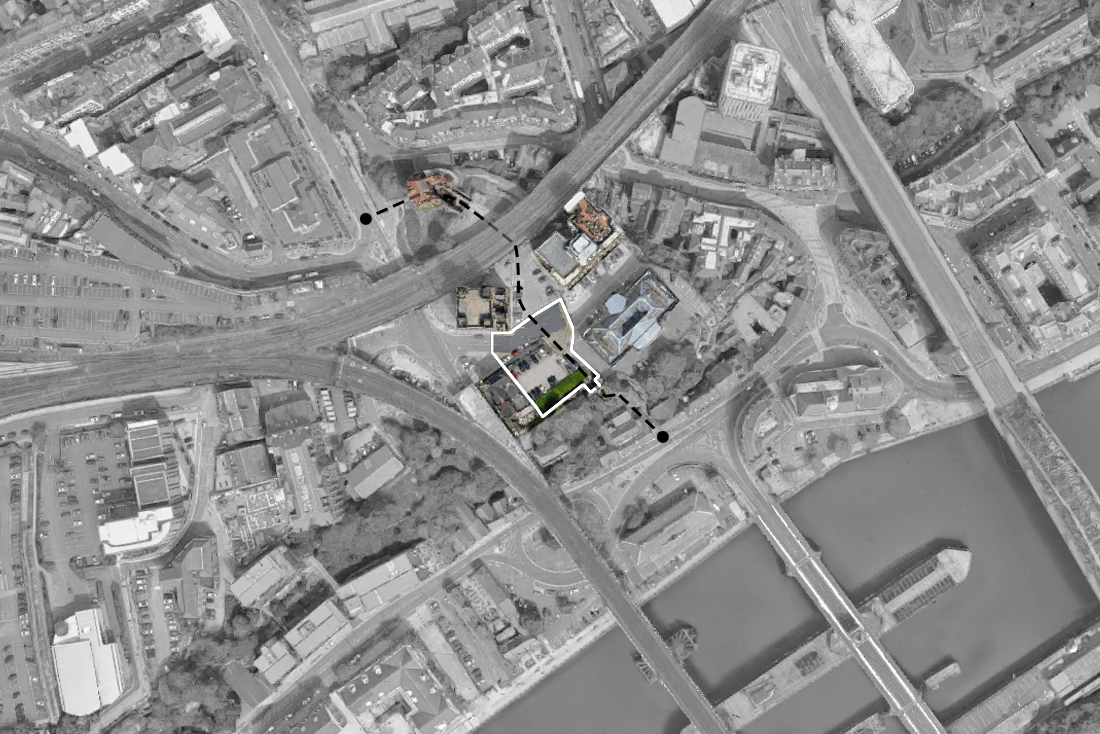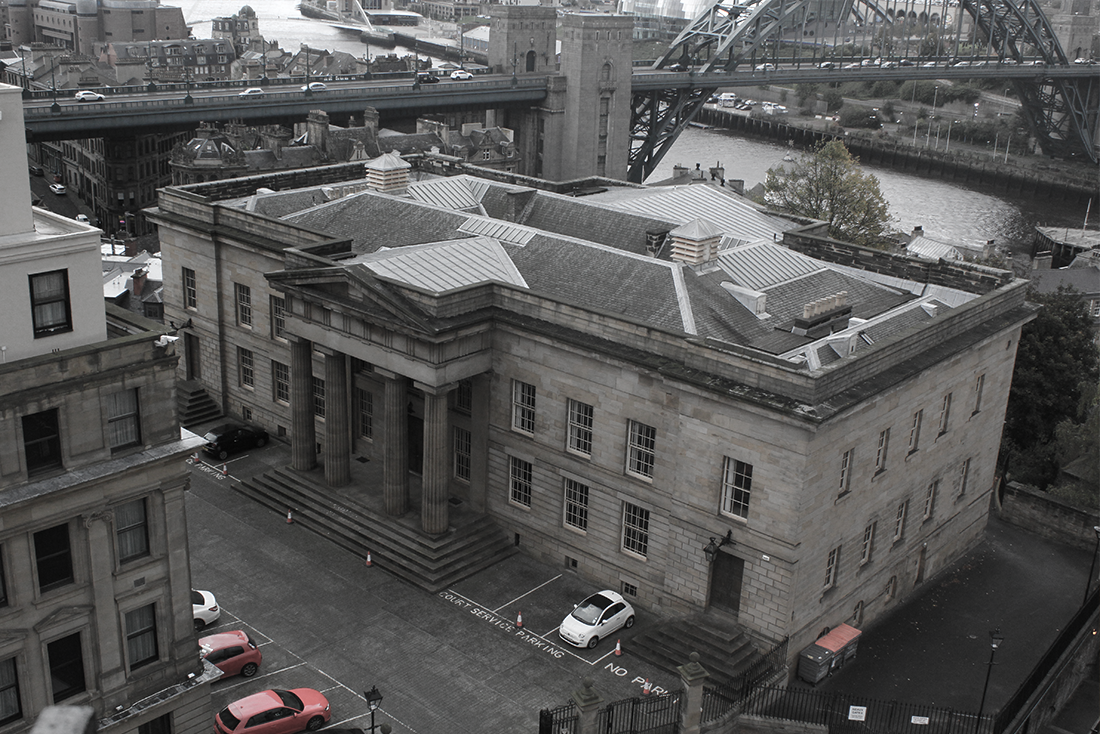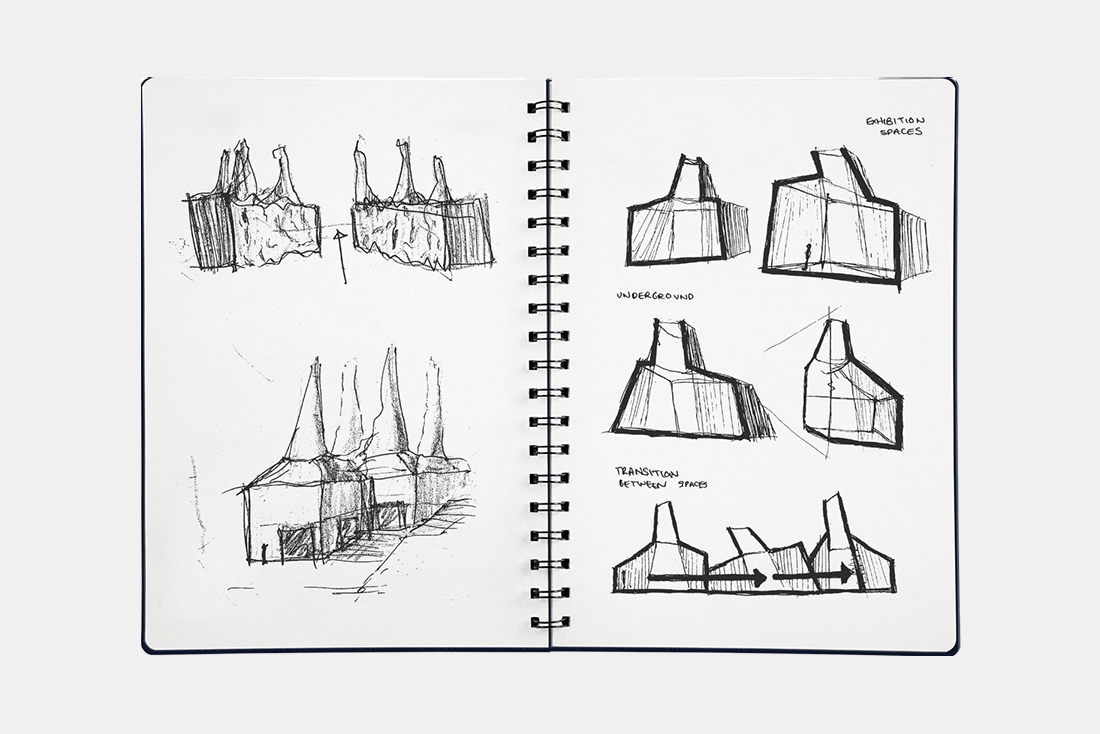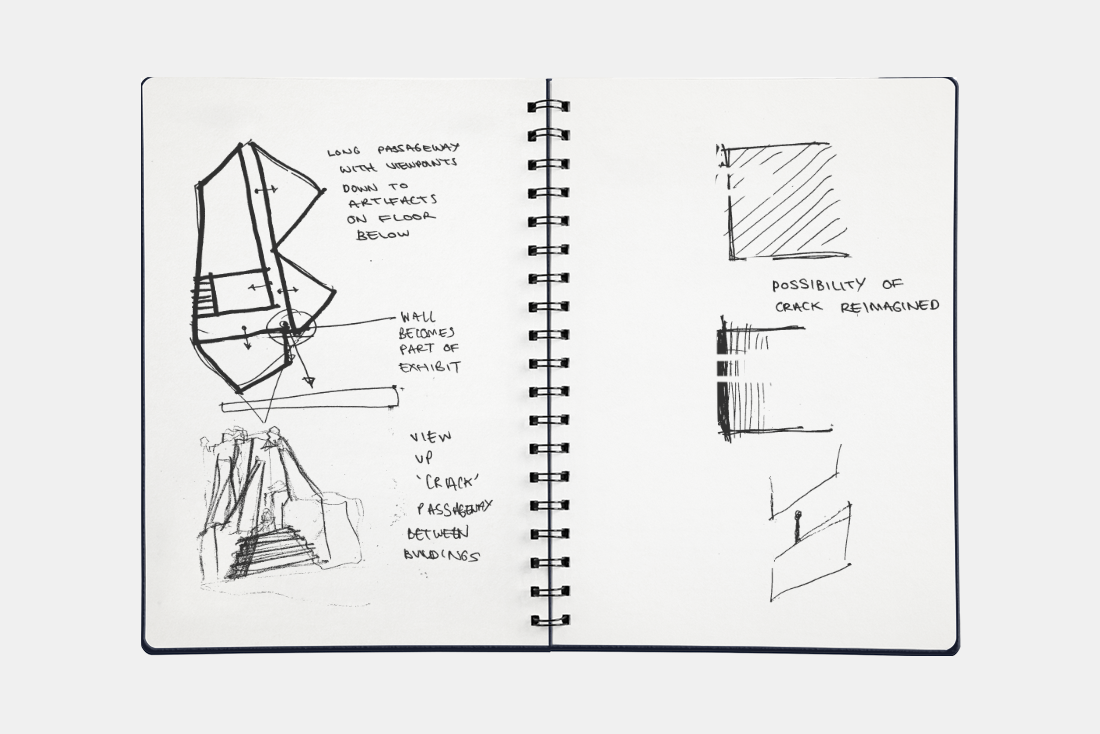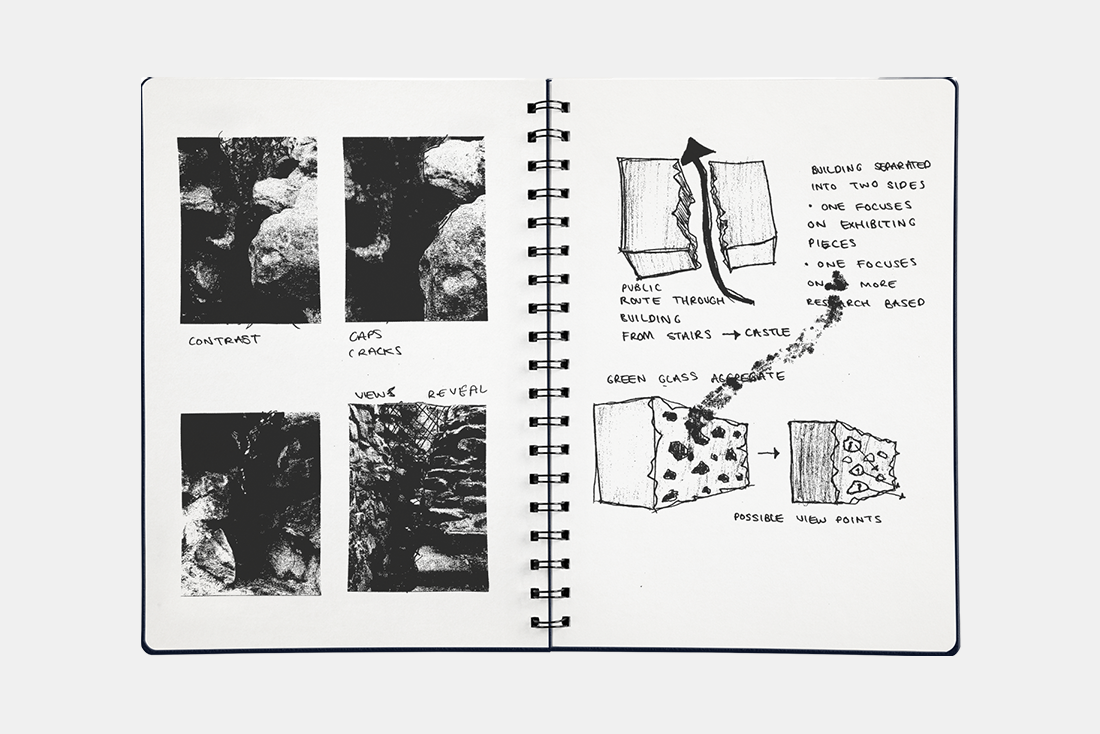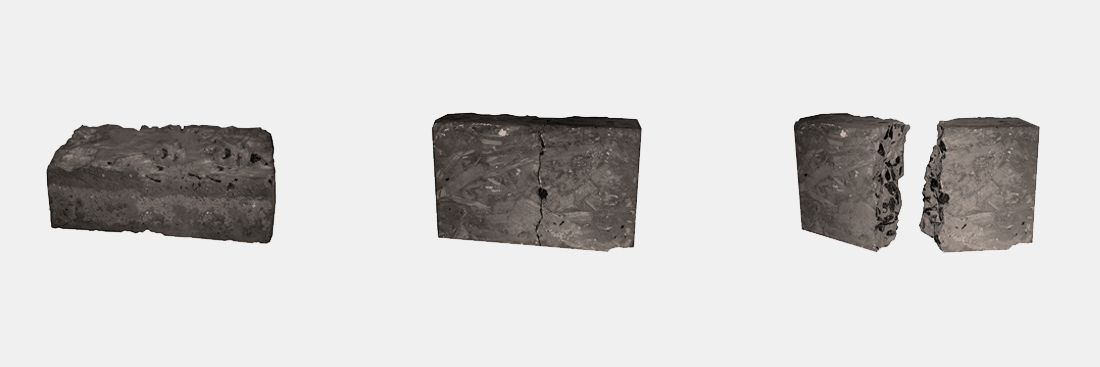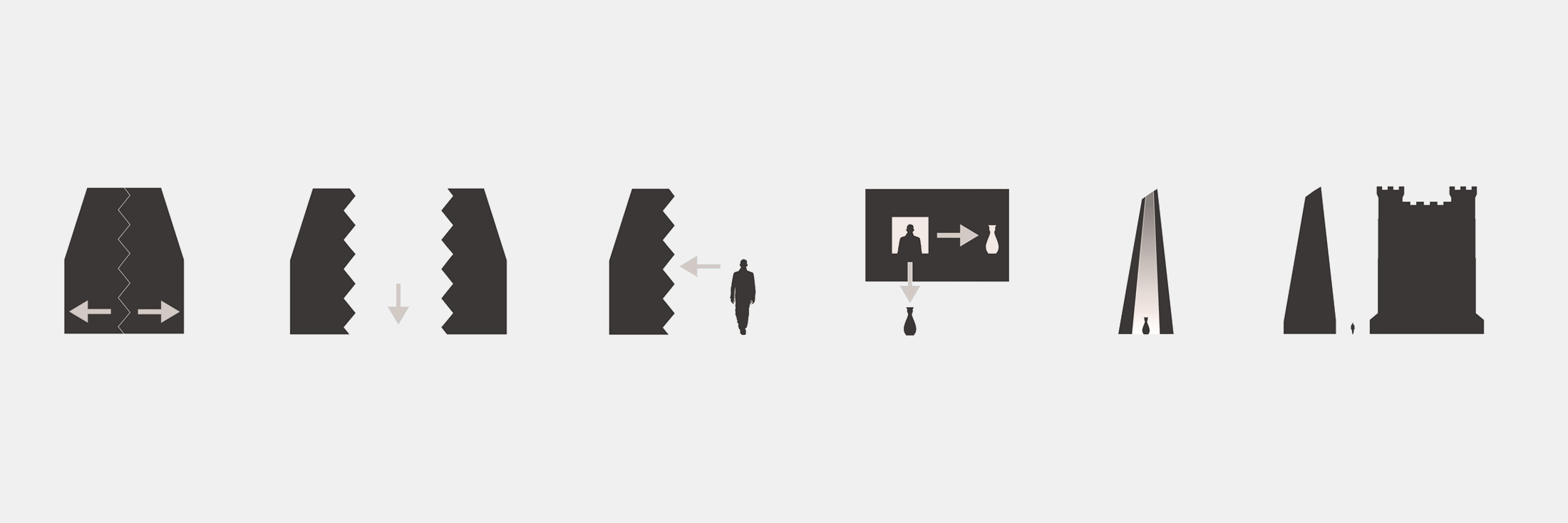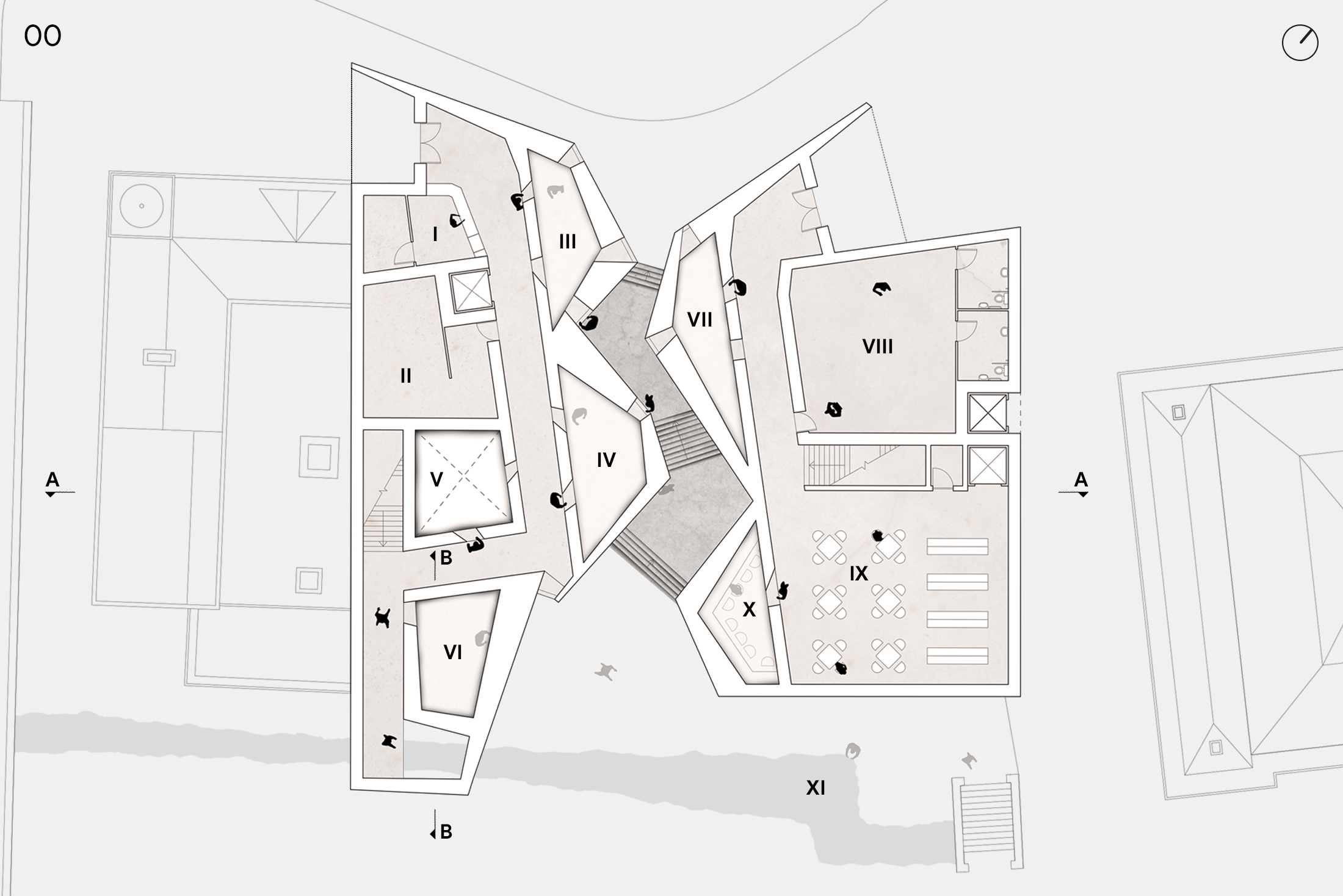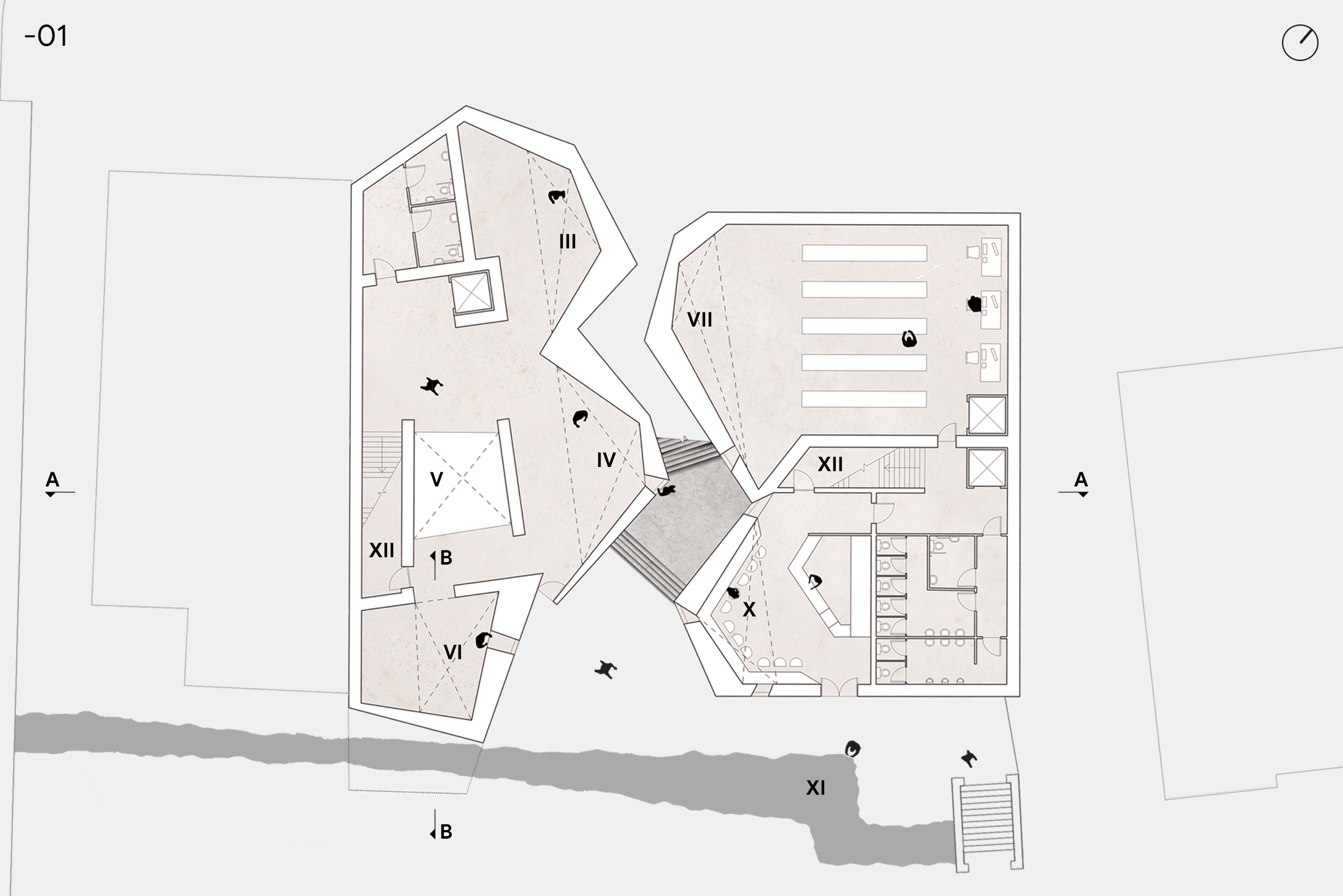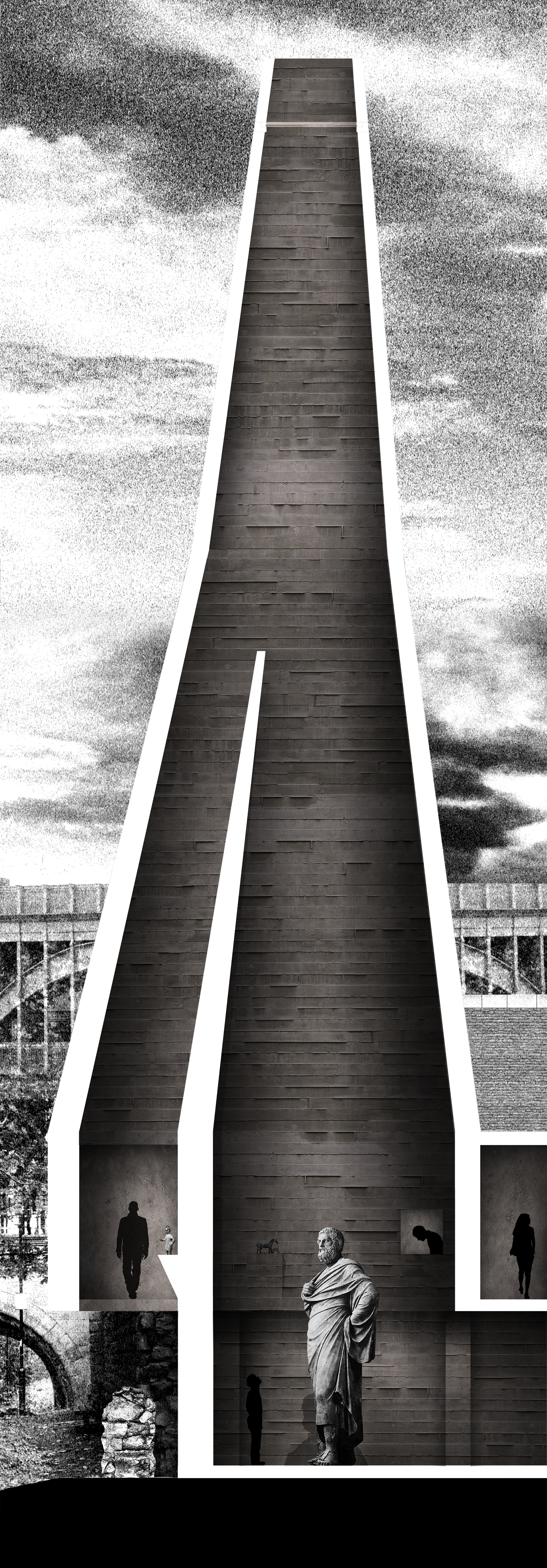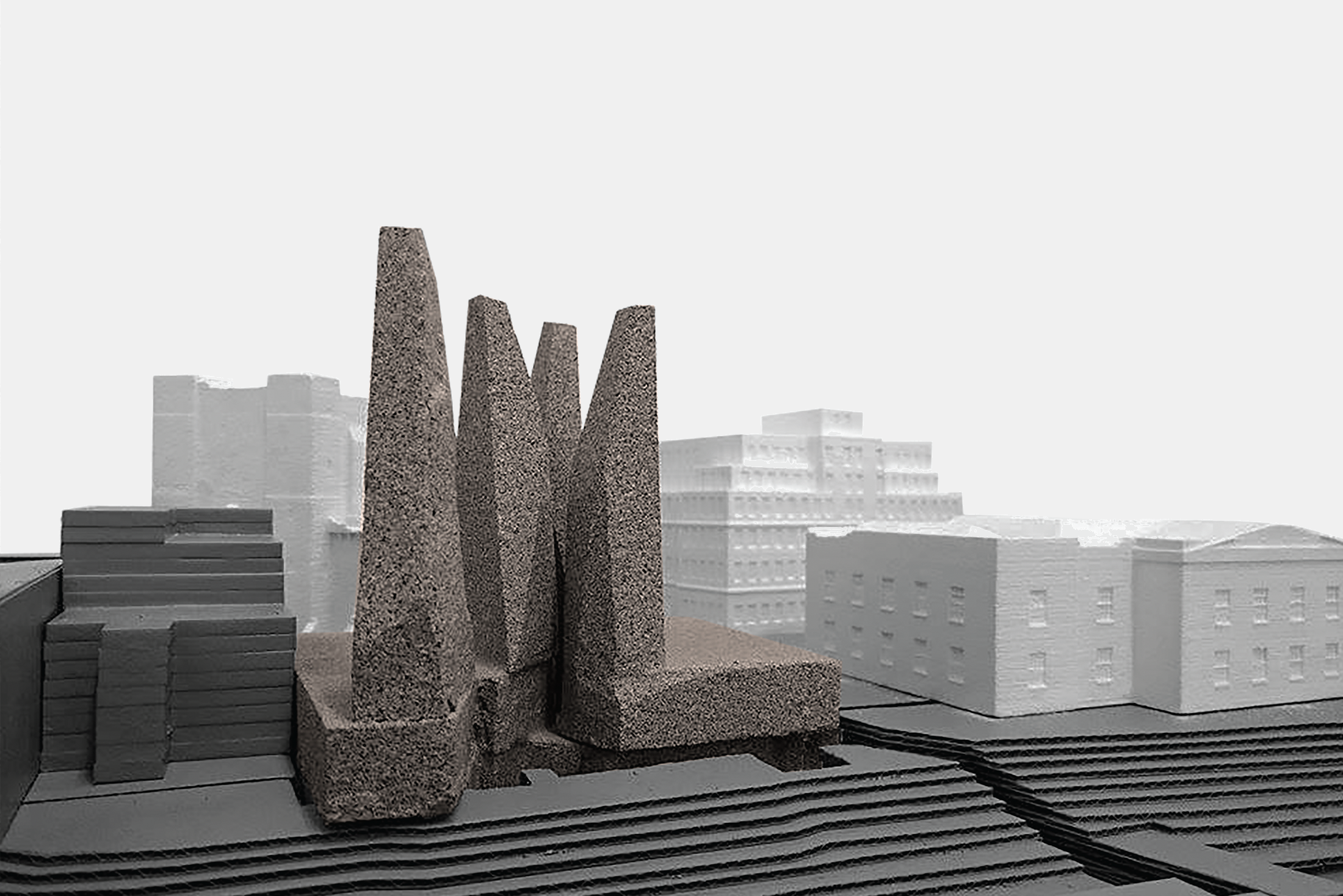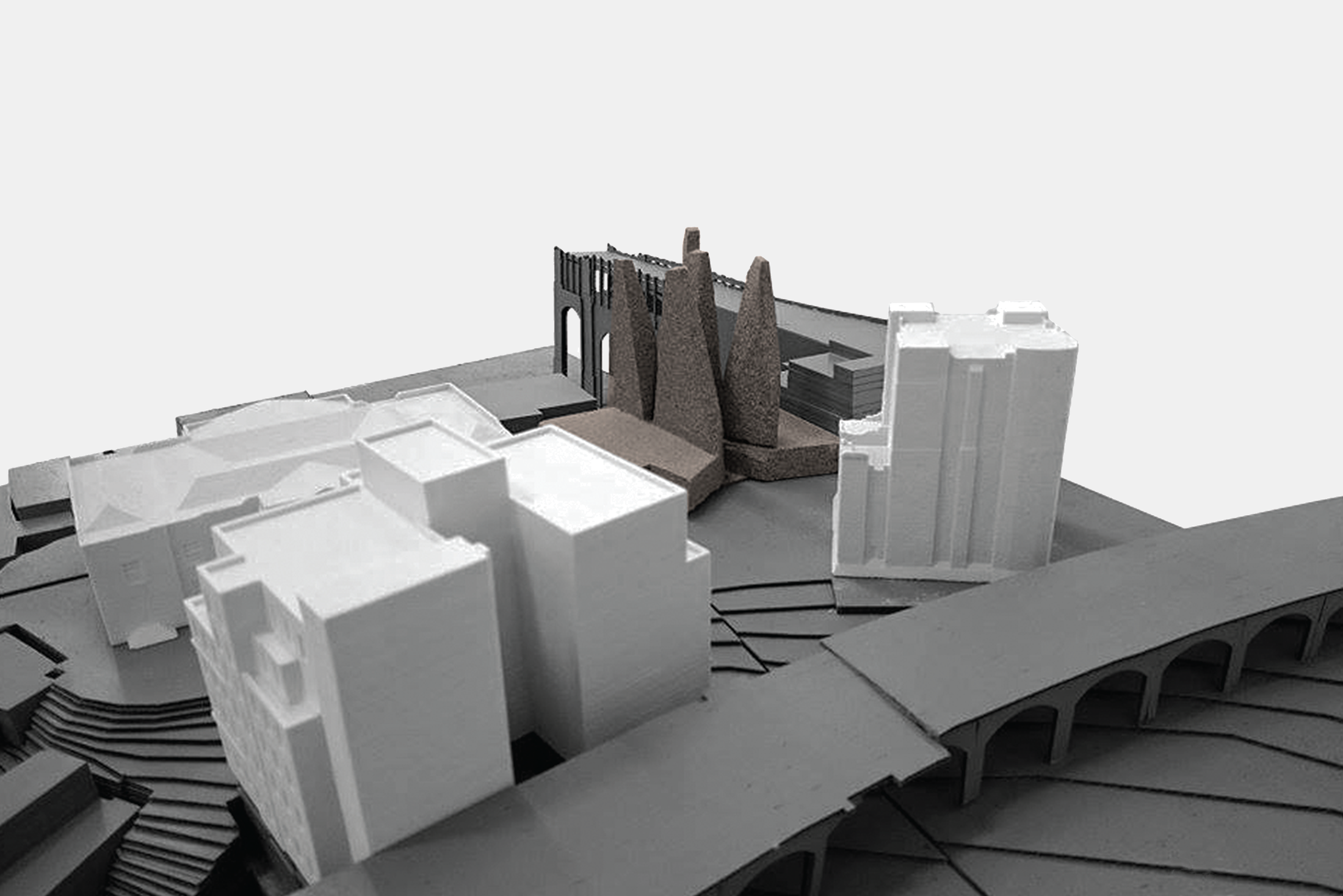Mass
Late 2014- Architecture
- Graphic Design
- University
The brief required the design of a historical material interpretation centre which would be constructed on a site located within the Newcastle-upon-Tyne's historic castle garth. Opposing the castle keep and in close proximity to the ancient city wall the site carries with it a significant historic past. The centre will provide the facility to store and exhibit historical artefacts and relics relating to the nearby area. In addition to this a public learning centre will be provided consisting of a library and a research space.
Analysis
The site in Newcastle-upon-Tyne, forms part of a historic trail, leading from the Black Gate, under the railway bridge passing the Newcastle Castle, along the remains of the historic city wall and down a set of stone steps to reach the Quayside below. It is at the top of a steep bank and provides views towards the River Tyne. The site is sloping towards the river and is positioned at the junction of two railway bridges. The site is sandwiched in between Newcastle Castle to the North-East, The Vermont (a hotel) to the North, Moot Hall (council building) to the East, and the Bridge Hotel (Public house) to the West - this means that the only appealing view is South-East, towards the river. The site is sloped sufficiently enough to allow for two entrance/exit levels, the higher being on the northern side and the lower on the southern side.
Design Development
The initial design drew inspiration from the act of excavating a historic artefact, with elements protruding through the earth giving a hint of the architecture below. This approach became problematic as the site was not large enough to accomodate the brief in a single storey.
I then did some cast piece experiments, here I cast a brick of concrete with coloured glass fragments substituted for the aggregate. I managed to fragment this down the centre which resulted in a split with two distinct halves, this created a passageway through the centre of the site whilst also creating an inward looking building with elements of interest along both sides of the fissure.
An amalgamation of the two thought processes informed the design concept, the building would consist of two halves, divided into public and private realms. In between the divide, a staggered transition route would exist between the Castle garth grounds and the steep steps leading the Quayside. Along this pathway were to be moments of interest, these consist of views into the historical material interpretation centre where display pieces could be observed.
The Hepworth Wakefield by David Chipperfield Architects and the Casson Pavillion by Sir Hugh Casson helped to inform the design, their use of material aesthetic, manipulation of light, and sculptural form gave great influence onto my own architectural aspirations for this project.
Proposed Design
Derived from an experimental cast piece with fragmented glass substituted for aggregate; the cured cast piece was cracked exposing the fragments. This created a distinct void in between two solids with numerous points of interest. This formed the concept of having an inwards looking building from which artefacts can be viewed externally.
I - Reception V - Excavation IX - Research Library
II - Temporary Gallery VI - Gallery III X - Cafe
III - Gallery I VII - Archive Research XI - Historic Wall
IV - Gallery II VIII - Staff Room XII - Plant Space
Utilising natural light funnelled down into exhibition spaces, monumental pieces are dramatically lit from above. The height of the light tunnels converse with the context of the castle, this informs an impressive structure that becomes part of the wider urban landscape.
This project was completed whilst studying at Newcastle University.
